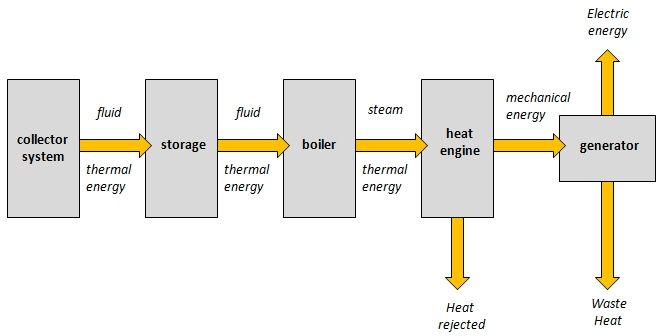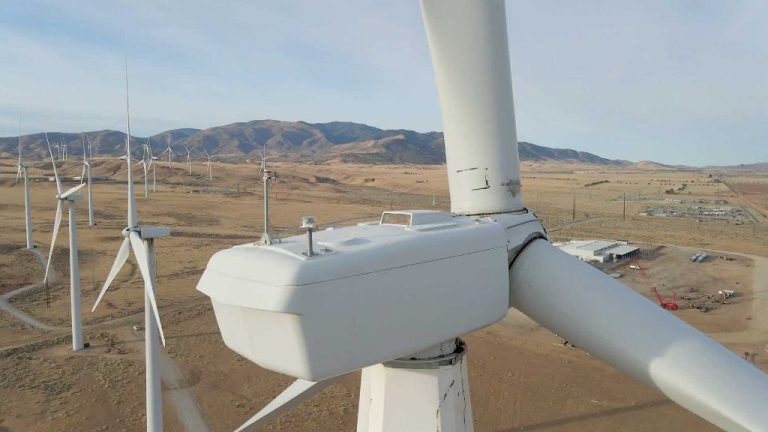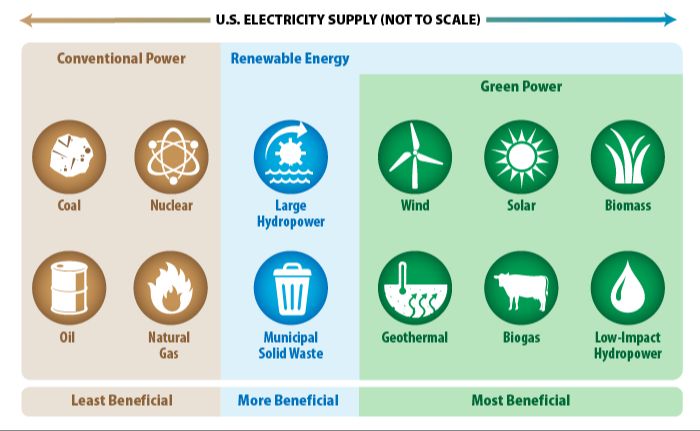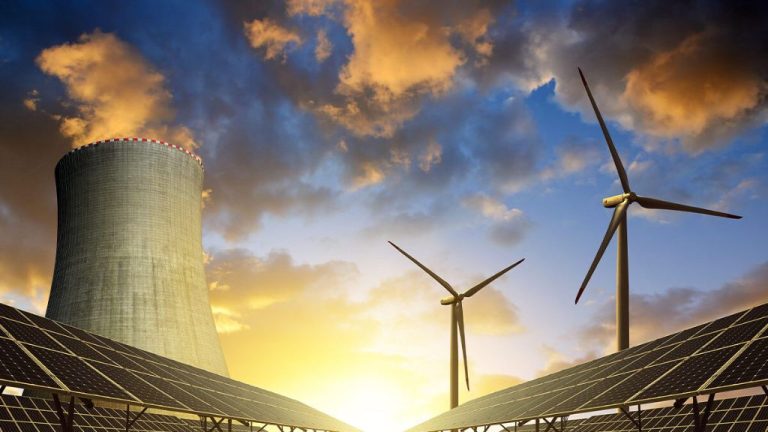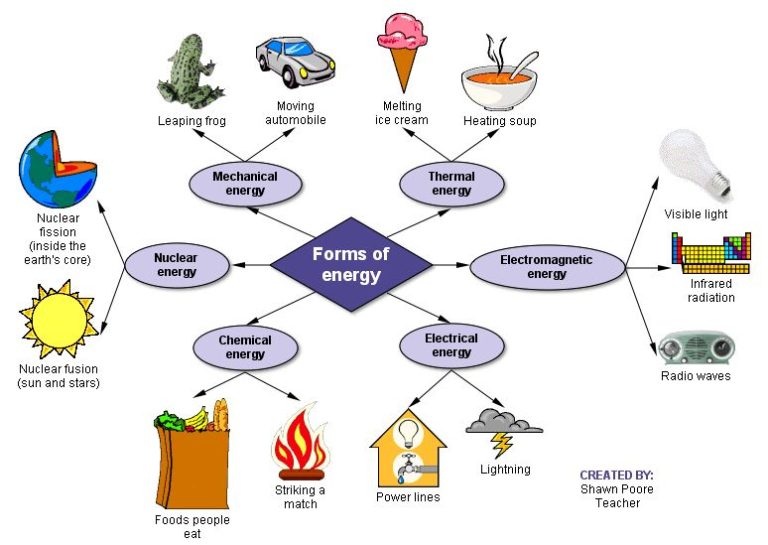Do Ev Charging Stations Use Renewable Energy?
The popularity of electric vehicles (EVs) has been rising rapidly in recent years. According to InsideEVs, EV sales in the US are expected to see “rapid-fire growth” in the coming years after a temporary slowdown in 2023. https://insideevs.com/news/693653/ev-sales-might-bounce-back-early-2024/ Tesla in particular has captured a significant portion of the growth, taking a 50% share of the US EV market in Q3 2023 even as the overall segment grew 50% year-over-year. https://www.tesmanian.com/blogs/tesmanian-blog/tesla-has-a-50-share-of-the-us-ev-market-in-q3-2023-the-segment-grew-by-50-yoy As EVs gain mainstream popularity, questions arise around the infrastructure needed to support their adoption.
EV Charging Basics
There are three main levels of EV charging – Level 1, Level 2, and DC Fast Charge. Level 1 charging uses a standard 120V household outlet to deliver around 2-5 miles of range per hour of charging. This is the slowest charging method and is typically used for overnight charging at home. Level 2 charging requires a 240V outlet, like those used for electric dryers, and can deliver 10-20 miles of range per hour. Level 2 charging is commonly found at public stations, workplaces and homes with dedicated charging equipment. DC Fast Charging delivers 50-100+ miles of range in about 20 minutes using a super high voltage DC power supply. However, these stations are expensive to install and not as widely available.
The key components of a charging station include the EVSE (Electric Vehicle Supply Equipment) unit that delivers power to the vehicle, the connector that plugs into the vehicle, software and networking capabilities for remote monitoring and access control, payment processing hardware, and the service panel connecting the station to the electrical supply. The EVSE manages the safe delivery of electricity and communicates with the vehicle to ensure compatibility and regulate electricity flow. Most public charging stations have standard SAE J1772 Level 1 and Level 2 connectors for compatibility with all EV models.
EV Charging Power Sources
Electric vehicle charging stations can use a number of different energy sources to provide electricity for charging, including grid electricity, solar energy, wind energy, and battery storage systems (https://www.mdpi.com/2079-9292/12/19/4149). Currently, the vast majority of public EV charging stations are powered by grid electricity. Grid electricity provides a convenient, readily available source of energy for charging station operators.
However, there is growing interest in powering EV charging stations with renewable energy sources. Some reasons for this include reducing greenhouse gas emissions from charging, providing charging options in remote locations not connected to the grid, and buffering against grid outages. Solar energy and wind energy systems are increasingly being used at some charging locations to supply electricity, often along with battery storage to allow charging even when weather conditions limit solar or wind power generation.
Overall, while grid electricity remains the dominant energy source for public EV charging at this time, integration of renewables is likely to expand in the future. This will allow the carbon footprint from EV charging to decrease as renewable electricity generation continues to grow.
Renewable Energy Options
To power EV charging stations more sustainably, many locations are turning to renewable energy sources like solar and wind power. These clean energy sources can be used directly to power charging stations or fed into the grid to offset the electricity used.
Solar power is one of the most popular renewable energy sources for EV charging. Solar photovoltaic (PV) systems can be installed at charging station sites to directly power the chargers. For example, Electrify America has installed solar PV canopies at many of its highway charging stations, generating up to 350 kW of solar power onsite (Clean Energy EV Charging).
Wind power is another renewable source being used for EV charging. Some utilities are building wind farms and using the renewable electricity generated to power EV charging stations. For example, Xcel Energy built a wind-powered charging plaza in Colorado with over 50 chargers (Charging Ahead).
Battery storage systems are also important for enabling greater use of renewables. Solar and wind power can be intermittent, so batteries allow the renewable energy generated to be stored and used when needed to power EV chargers. Battery storage helps provide continuous clean power for charging.
Benefits of Renewables
Using renewable energy sources like solar and wind power to charge electric vehicles offers significant benefits compared to relying on fossil fuels. Most importantly, renewable energy produces little to no greenhouse gas emissions that contribute to climate change. According to a report by the National Renewable Energy Laboratory (NREL), “an electric vehicle charged from a photovoltaic (PV) system that displaces coal-generated electricity achieves a greenhouse gas reduction of 52%–89% depending on the region” (Going Green on the Road EV Charging with Renewable Energy, energy5.com).
In addition to reduced carbon emissions, renewables provide greater energy resiliency and independence. Local renewable energy sources allow communities to rely less on the traditional electric grid, providing a stable power supply even during grid outages or disruptions. As EV adoption increases, pairing charging infrastructure with renewable sources creates a more resilient transportation and energy ecosystem (Mobec Weekly Updates, LinkedIn).
Challenges of Renewables
While renewable energy sources like solar and wind offer environmental benefits for EV charging, they also come with some unique challenges. Two of the biggest hurdles are the higher upfront costs and the intermittency of solar and wind power.
Installing solar panels or wind turbines requires major capital investments upfront before any power can be generated (Source). These costs can be prohibitive, especially for smaller charging networks. Battery storage systems are also needed to store excess renewable energy for when the sun isn’t shining or wind isn’t blowing (Source). Batteries add even more to the initial costs.
The intermittent nature of renewables means charging networks must have ways to store and access power even when solar or wind production is down. This requires robust energy storage systems to be built alongside renewable generation. The high costs and technology needs pose challenges for utilizing renewables for EV charging.
Government Policy
Governments at the federal, state and local levels have implemented various policies to promote renewable energy use for EV charging infrastructure. These include subsidies, incentives, building codes and permitting requirements.
The federal government offers tax credits for solar installations and renewable energy projects through the Investment Tax Credit (ITC). The ITC allows developers to deduct 30% of installation costs for solar projects that commenced construction by 2022, 26% if started in 2023, and 22% in 2024 (1). Several states also provide additional tax credits, rebates or reimbursements for installing solar panels or renewable energy systems (2). These incentives help offset the upfront costs of renewable EV charging infrastructure for site hosts.
Some local governments have also updated their building codes and permitting processes to streamline the installation of EV chargers and associated renewable energy systems. For example, cities like Houston and Denver have implemented expedited solar permitting which allows fast-track approval for solar projects that meet code requirements (3). Streamlining solar permits for charging sites enables quicker deployment of renewable energy infrastructure.
Overall, government subsidies, incentives and policy changes are accelerating the transition to renewable EV charging across the country.
Sources:
(1) https://www.energy.gov/eere/solar/homeowners-guide-federal-tax-credit-solar-photovoltaics
Charging Network Examples
Some of the largest and most well-known EV charging networks today are:
Tesla Superchargers
Tesla operates one of the largest proprietary charging networks for their electric vehicles, with over 15,000 Superchargers worldwide as of late 2022. Superchargers can charge a Tesla vehicle up to 200 miles in 15 minutes (https://www.tesla.com/charging). The network runs mostly on solar energy from canopies installed at many of their charging stations. However, their charging infrastructure is only for Tesla vehicles.
Electrify America
Electrify America aims to provide an open, ultra-fast charging network for all electric vehicles in the United States (https://www.electrifyamerica.com/our-plan). They currently have over 800 charging stations with about 3,500 DC fast chargers nationwide. Their stations get electricity from a mix of renewable sources as well as the general electric grid.
EVgo
EVgo has the largest public fast charging network for EVs in the U.S., with over 850 fast charging locations and thousands of Level 2 chargers (https://www.evgo.com/about/). They are working to provide 100% renewable energy powered charging through solar installations, renewable energy credits, and direct access to renewable generation. However, only around 40% of their energy currently comes from renewable sources.
The Future
The growth projections for electric vehicles and their charging infrastructure over the next decade are remarkable. According to the U.S. Department of Energy, the number of EVs on U.S. roads is projected to grow from 1.1 million in 2020 to 18.7 million by 2030. Along with this, the number of public charging stations is expected to expand from just over 100,000 in 2021 to nearly 1 million by 2030 [1].
Renewable energy sources will play a critical role in powering these future EV charging stations. Sources like solar, wind and hydropower can provide clean electricity to charge EVs without generating greenhouse gas emissions. Many experts predict that linking EV charging infrastructure to renewable energy will be key for driving EV adoption while meeting sustainability goals [2]. Strategies like co-locating charging stations with solar panels or wind turbines, drawing charging power from renewable microgrids, and having “smart charging” systems optimize charging times based on renewable energy availability will all help maximize the use of renewables for EV charging moving forward.
Conclusion
EV charging stations present an opportunity to increase the use of renewable energy for transportation. While many stations currently rely on the conventional power grid, solar, wind, hydro-electric and other renewable sources can be leveraged to charge EVs. Using more renewables reduces greenhouse gas emissions and our dependence on fossil fuels.
However, there are challenges to scaling up renewables for EV charging. The intermittent nature of solar and wind can make managing the electricity supply difficult. Battery storage helps but adds costs. There’s also debate around the sustainability of some renewable technologies. Nevertheless, continued improvements in renewable energy technology along with supportive government policies can enable a transition to greener EV charging.
In the end, it’s not whether EV charging uses renewables, but how much it uses. With the right policies, innovations and investments, we can build a charging infrastructure that increasingly taps into clean, renewable power for sustainable electric transportation.


